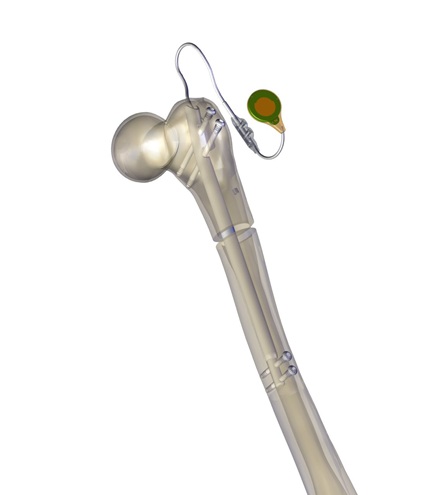Fitbone™ Intramedullary Lengthening System
THIS INFORMATION IS FOR HEALTHCARE PROFESSIONALS ONLY
THIS INFORMATION IS FOR HEALTHCARE PROFESSIONALS ONLY

Lengthening of the femur – Trochanteric approach
| Q.ty | Catalogue N. | Description |
|---|---|---|
| 1 | 700900
|
Fitbone Antegrade Femur Nail Instrument Tray |
| 1 | 700902
|
Fitbone Locking Screws |
| 1 | 700904
|
Fitbone Trochanteric Nail Trial Tray |
| 1 | 172001
|
Flexible Reamer System Kit |
| 1 | 700950
|
Box 4.0mm Standard Locking Screw |
| 1 | 700951
|
Box 4.5mm Standard Locking Screw |
| 1 | 700952
|
Box 4.0mm Revision Locking Screw |
| 1 | 700953
|
Box 4.5mm Revision Locking Screw |


Foot and Ankle Charcot Reconstruction with External Fixation
Surgical reconstruction of foot and ankle Charcot with external fixation is especially useful in the presence of poor bone quality,Read MoreExpert Tips on How to Medically Diagnose Charcot Arthropathy
The diagnosis of Charcot neuroarthropathy of the foot and ankle can be challenging due to a lack of information inRead MoreThis website is reserved only for Healthcare Professionals and their staff. Therefore, the access to these information is denied to non professional audience.